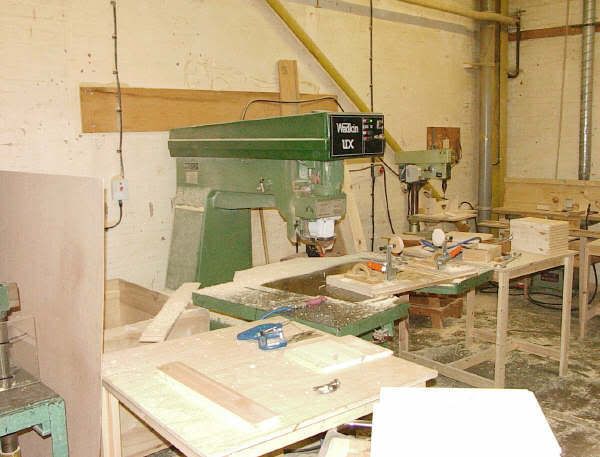Barry Burgess
Established Member
The current issue of ShopNotes has an article on table saw moulding heads.
Is this a similar no no as is the dado cutter??
Is this a similar no no as is the dado cutter??

Raincoat indeed - I'll have you know it's a genuine locally made copy (read cheap Yorkshire knock-off) of the famous Barbour waxed thornproof jacket........ Although I've always fancied one of those long "Ranger" type thornproof coats :lol:Barry Burgess":20roj9va said:We will have to wait for the man over six feet in a raincoat who has been seen at the top shelves at the news agent(his description not mine)
Now you know why they're no longer readily available......misterfish":1hf8p7pr said:Mind you, having seen Norm using one of these things I thought it looked as if extreme care and caution would be advised.
Mr_Grimsdale":1hf8p7pr said:A router is a very limited little gadget compared to real machinery like table saws and spindle moulders believe me.

Mr_Grimsdale":1tfbgyms said:Router is a very limited little gadget compared to real machinery like table saws and spindle moulders believe me.
cheers
Jacob
Mr_Grimsdale":3ta95hyd said:I meant router in the normal sense i.e. essentially the familiar hand held machines which everybody seems to have - amost no relation to your example.
cheers
Jacob
Scrit":2maembrs said:So my little pin router is limited? :? :shock: :wink:

and at 1350kg it's about twice the weight of an industrial spindle moulder...... (and murder to move)
Scrit
Yes, I know you did. Only jokingMr_Grimsdale":2ebzq8tr said:I meant router in the normal sense i.e. essentially the familiar hand held machines which everybody seems to have - amost no relation to your example.




Enter your email address to join: